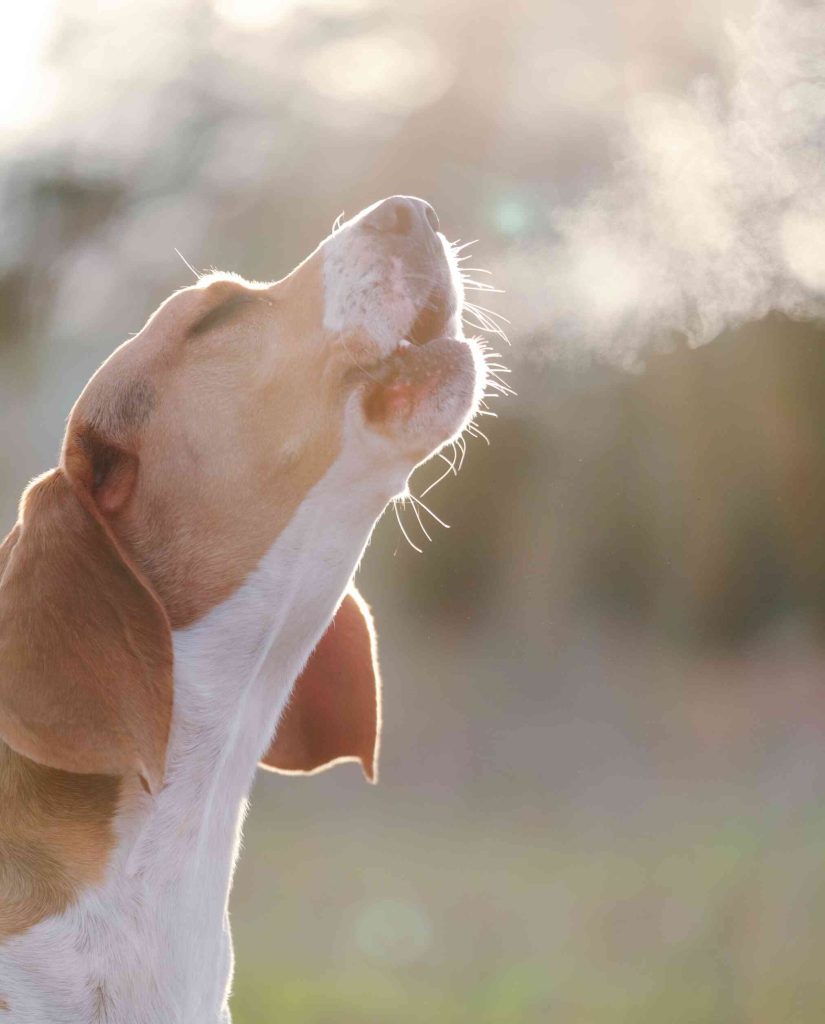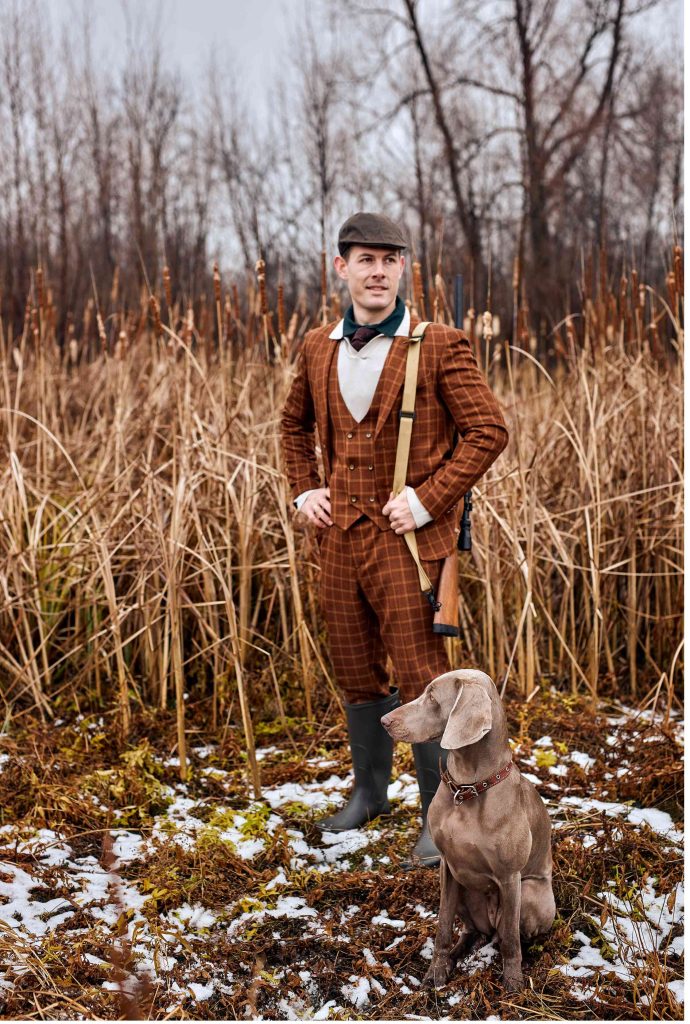When people search for a canine companion for their family, it’s not uncommon they choose a dog they like the size and appearance of. In this process the breed specific traits are often forgotten, or people are unaware of what breed traits are and why they are important. While each dog will have its own personality, specific traits are common within certain breeds and breed groups, and it’s important to keep these in mind when choosing the right pet for your family.
The breed groups.
There is not one definitive list when it comes to the division of breeds into breed groups. The two main cynology organisations that divide breeds into breed groups are the FCI and AKC. The FCI is an acronym for Fédération Cynologique Internationale and the AKC is an acronym for the American Kennel Club.
The AKC is located in the USA and is a registry of purebred pedigree dogs. Besides this, they organise a variety of programs and competitions like scent work trials. The AKC divides the breeds into 7 different categories.
The FCI is an international federation of national kennel clubs. Their headquarter is in Belgium and members are mainly located in Europe. Just like the AKC they hold a registry of purebred pedigree dogs. The FCI divides the breed groups into 10 categories.
For the purpose of this article, we will use the breed groups as specified by the AKC. These breed groups are the: Herding groups, Hound group, Toy group, Non-sporting group, Terrier group, and the Working Group.
Herding Group
A specialty of breeds within this breed group is that they can control the movement of other animals by herding. Breeds within this group were originally bred to gather, herd and protect livestock through different methods like barking, circling and nipping at heels. Herding breeds are generally speaking active and intelligent dogs that will respond well to training exercises.
When choosing a breed from the herding group, potential owners need to keep in mind that some dogs might instinctively show herding tendencies towards their owners, and especially children. Dogs within this breed group are usually intelligent, high-energy and active, and will require a fair amount of physical and mental stimulation.
Dog sports are a great way to engage your dog in mental and physical exercise, and breeds within this breed group often will be extremely suitable for sheep herding, treibball, flyball, canicross and disc dog.
Examples of breeds that belong to the herding group are the Cardigan and Pembroke Welsh Corgi, Australian Cattle Dog, Border Collie and the Australian Shepherd.

Hound Group
Breeds belonging to the Hound group were originally bred for hunting and to pursue warm-blooded prey. Depending on the job of the specific breed, strengths within the Hound group range from amazing scenting powers to track prey, to great stamina to chase prey over long distances.
Within the Hound group there are sight hounds, who use their eyes for hunting and their main strength is chasing prey at amazing speeds. And there are the scent hounds, who use their nose for hunting, and are built to follow a scent trail instead of being fast runners.
Sight hounds are generally speaking easy going, sweet, calm, independent and quiet dogs. They love a good run and will enjoy a dog sport like lure coursing. Examples of sight hounds are the Saluki, Greyhound and Barzoi.

Most scent hounds are tolerant and easy going, curious and loyal, and will make great pets to active and outdoor families. Typical for most scent hounds is that they can have a loud voice and can be stubborn, making them in some cases harder to train. Scent hounds can produce a unique sound called “baying” and as a potential hound owner, you may want to confirm that when your hound bays this will not result in noise complaints. Dog sports that are exceptionally suitable for scent hounds are mantrailing and scent work/scent detection. Examples of breeds that belong to the Hound group are the: Beagle, Dachshund, Bloodhound and the Rhodesian Ridgeback.

Toy-group
Breeds belonging to the toy group were originally bred to be companions, unlike most other breed groups who were bred to work or hunt. Some breeds within this breed group will have hunting and/or working traits as they were developed from working breeds, making them retain certain instincts. As the name implies, the breeds within this group are small.
Dogs within this breed group usually bond exceptionally well with their family, but are known to develop separation anxiety more often. While being extremely social with their humans, dogs within this group are not known to be the most dog-social. Toilet training issues are also more common within this breed group.
While most dogs within this breed group have lower exercise needs than the other breed groups, they still need to be trained and exercised. A few dog sports that are suitable for most dogs out of the Toy group are agility, hoopers, dog dance and flyball.
Examples of breeds that belong to the Toy-group are the Pug, Maltese, Chihuahua, Cavalier King Charles and the Papillon.

Non-Sporting group
Most breeds within this breed group make good house and watchdogs. The non-sporting group is an incredibly diverse group, ranging from the Dalmatian to the Bulldog. They have a wide variety when it comes to background, so it’s hard to generalize specific traits in this group. Like any dog they need mental and physical stimulation, and each breed will come with their own set of breed specific traits. Dog sports that can be considered are agility, flyball, canicross, disc dog, obedience, and dog dance.
Examples of breeds that belong to the Non-Sporting group are the: Bulldog, Dalmatian, Chow Chow, Coton du Tulear, Boston Terrier and Lhasa Apso.

Sporting Group
Within this breed group you will find the retrievers, setters, pointers and spaniels. Dogs within the sporting group are naturally active, watch full, friendly, athletic and are considered high-energy. They were originally bred to assist hunters in capturing and retrieving their prey, and while their high amount of energy and stamina is a great asset when it comes to being able to accompany a hunter the whole day in the field, when kept as a pet this might lead to issues if they are not stimulated and exercised enough.
Until this day, breeds within this breed group still participate in field activities and dogs within this group are often used as rescue, assistance and therapy dogs. Dog sports that dogs in this breed group may appreciate are dock diving, swimming, flyball and disc dog.
Examples of breeds that belong to the sporting group are the: Flat-Coated Retriever, Labrador Retriever, Golden Retriever and the Cocker Spaniel.

Terrier group
Breeds within the terrier group were originally used for the hunting and killing of small prey. Dogs within this breed group often have what they call a “Terrier personality”, which is described as brave, feisty and hyperactive. Most dogs within this group are also fearless, lively, protective, loyal, intelligent, and playful. Terriers often have a lot to see and say. Not all breeds within this breed group are known to be especially social with other dogs, or tolerant of young children.
Another typical trait for most breeds within this breed group is that they have a wired coat, which requires a specific type of grooming known as stripping. Dogs within this group make engaging pets, but they do require active and engaging owners who can keep up with their energy and personality. They are suitable for families with an active lifestyle that will engage them in dog sports and activities. Some ideas of dog sports you could do with a terrier are canine freestyle, terrier racing, Rally-O and agility.
Examples of breeds that belong to the terrier group are the: Jack Russell Terrier, West Highland White Terrier, Cairn Terrier and the Norwich Terrier.

Working group
Breeds within this breed group were originally bred to perform certain jobs, such as guarding, performing water rescues, or pulling sleds. Dogs within the working group are often quick learners, observant, alert and strong, though some breeds are considered to be a bit head strong. As the breeds within this group have a wide variety when it comes to background, it’s hard to generalise specific traits in this group. When considering a dog from this breed group, make sure to read up on their specific needs. Depending on the breed, dog sports that may suit dogs in this breed group are: urban mushing (joring), canicross and swimming. Some breeds within this breed group are considered very large and when choosing a sport, you will need to keep their joints in mind.
Examples of breeds that belong to the working group are the: Siberian Husky, Samoyed, Leonberger, Akita, Great Dane, and the Bernese Mountain dog.

The 7 breed groups, and the importance of choosing the right (mix) breed for your family.
When choosing a dog, people often choose based on size and appearance. Through this article, we hope to have pointed out the importance of keeping the whole package of the dog in mind, and not just what’s on the outside. This to prevent situations where dogs end up for adoption because they don’t match the energy and lifestyle of the family. When choosing a mixed breed, dogs can end up inheriting traits of both breeds.
If you would like to know more about our dog sitting, dog walking or dog relocation services. Feel free to contact us. Our team will be happy to help.

